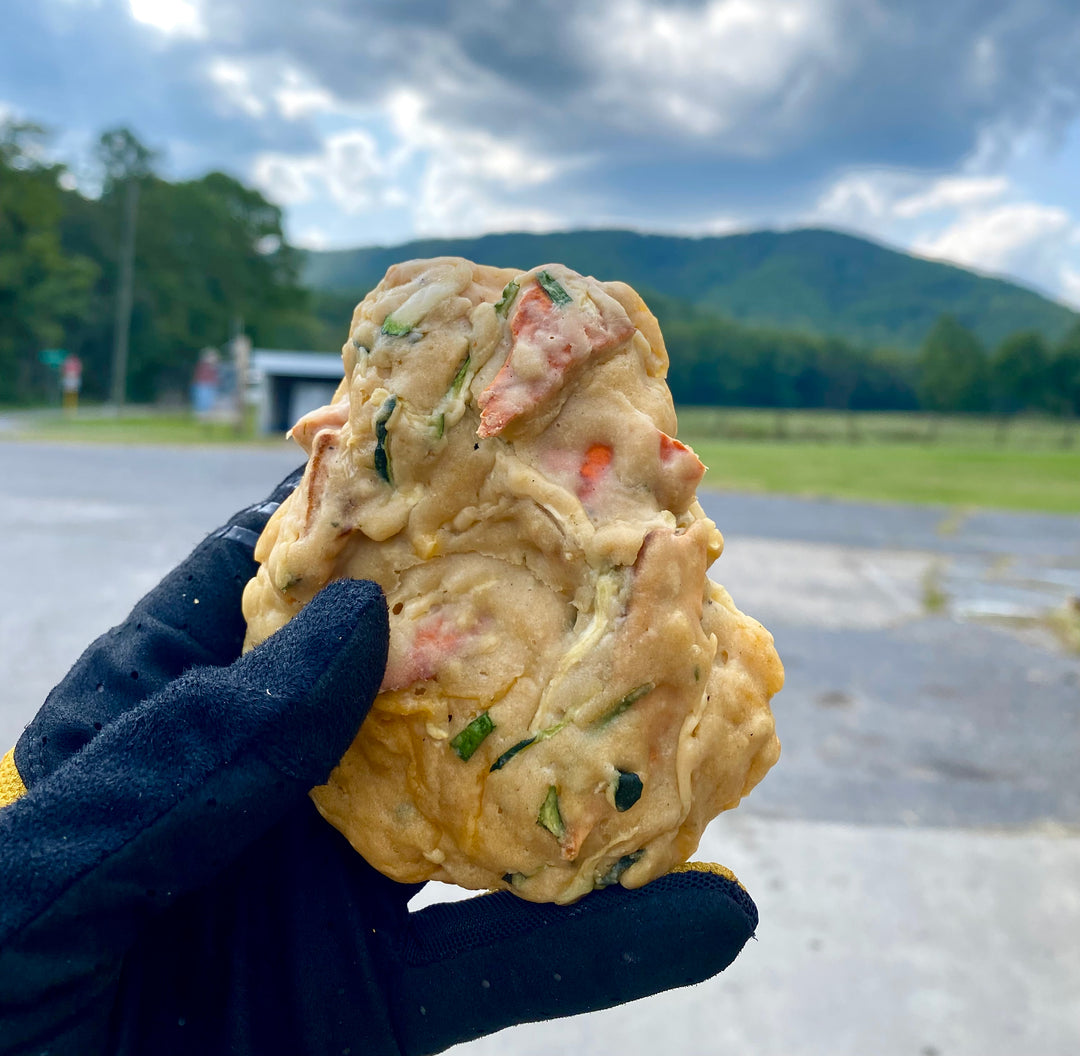Why do we need more than carbs to fuel?
By Rafal Nazarewicz
To answer this question we need to take a closer look at our metabolism.
When engaging in any physical activity, our muscles trigger metabolic systems that provide energy to working muscles to generate adequate forces. Our muscles store limited energy in form of ATP and phosphocreatine (CP), two simple high energy molecules that are used as an energy bank for our body. While CP can be used only on certain occasions, ATP is an energy carrier used for all the working muscles.
ATP and CP storage is used in case of very explosive and intense activities such as jumping, heavyweights lifting or in the first steps while sprinting. Those systems are quick and relay on single enzymatic reactions. However, the energy stored in this form is very limited and is quickly depleted (Fig. 1).

Fig. 1. ATP and phosphocreatine serve as an energy bank for brief highly intense activities.
In general, long-distance runners need tens of lbs of ATP during their runs (approx. 45 lb per hour!) so they do not rely on energy stored in form of ATP or CP. Instead, runners harness energy through other metabolic pathways that re-synthesis ATP over and over again, glycolysis and mitochondrial metabolism.
Glycolysis, is a powerhouse for intense efforts such as track events, running up the hill, or carrying heavy objects etc. The main nutrient used by glycolysis is glucose stored in our muscles in form of glycogen. The end product of the sequence of glycolytic enzymatic reactions are lactate and ATP (Fig. 2).

Fig. 2. Glycolysis provides energy during highly intense activities.
If the intensity reaches somewhere close to 80% of our capacity, lactate starts to build up in the muscles. Rapidly accumulating lactate decreases muscle cell pH and shuts down most of the enzymatic reactions. It is a major metabolic threat to a cell and overall homeostasis (internal order). That's why our body at this point makes all possible efforts to shut down our muscles and prevent us from continuing the effort. The familiar burning sensation in your muscles when running up the hill or chasing your 5K PR that’s your glycolysis filling up your muscles with lactate (side note- lactate is fairly quickly removed from your body and pH is restored. The pain you feel long after intense activity is not associated with lactate. This pain comes from glycogen depletion and exposed nerves in the muscle and muscle damage).
The above described metabolic systems are very effective and fairly fast acting, however, none of them can last for a long time. That's why engaging in almost any activity puts into work the most powerful and resilient system localized in mitochondria.
Just to remind you, mitochondria are independently living organisms inside our cells that use oxygen, metabolize nutrients to generate energy. It’s assumed that they are originated from bacteria as they share multiple bacterial features (including DNA). We host them in our cells to metabolize long list of nutrients namely fatty acids, amino acids, and carbohydrates (Fig. 3)

Fig. 3. Mitochondria burn fat, carbs and amino acids to generate energy.
Mitochondrial system works in a slow fashion is difficult to exhaust. It also represents great flexibility regarding a wide range of substrates it accepts and ability to adapt to fluctuating metabolic conditions.
Mitochondria metabolize fatty acids that come from fat tissue storage but also fatty acids coming from the digestive system. While recruiting fat from tissue storage is a slow process, providing medium and short chain fatty acids coming from food is relatively quick and efficient. The speed of medium and short chain fatty acid metabolism is frequently compared to glucose. Those fatty acids bypass typical fat transportation systems and are quickly delivered to the muscle.
Mitochondria metabolize amino acids by removing nitrogen from the carbon chain which is energy consuming. On top of it, fueling with any amino acids creates an additional need for nitrogen utilization, unnecessary burden to our body and risk for toxicity. On top of it delivering meaningful amounts of amino acids as an energy source is extremely difficult. We would need to provide tens of grams in order to make an impact on overall energy balance. Thus the concept of fueling with BCAA has never gained significant traction.
Carbohydrates partially metabolized in the glycolytic pathway can also be used by mitochondria as a substrate. Carb metabolites enter mitochondria, bind with fat-derived component and jointly enter mitochondrial metabolic pathways to provide ATP.
Described mechanisms are signature for certain activities, CP and ATP stock is associated with jumping, heavyweight lifting; glycolysis with 5K efforts and mitochondrial metabolism with long distance running. In real life though, we rarely utilize a single metabolic system to power certain effort. It is a combination of various systems, mostly mitochondrial and glycolytic pathways interplaying with each other. Long distance running heavily relies on mitochondria with a little contribution of glycolysis. Having this information in mind we should plan our nutrition accordingly. Mitochondria and muscles achieve their optimal efficiency when supplied with both carbohydrates and fats. An old saying among biochemists "Fat is burned in the fire of carbohydrates" indicates the importance of having two components to make mitochondria fully functional and able to fulfill their basic function, nutrient utilization, and ATP production. So make sure to have both fats and carbs in your diet to make your mitochondria efficient and happy.








Leave a comment